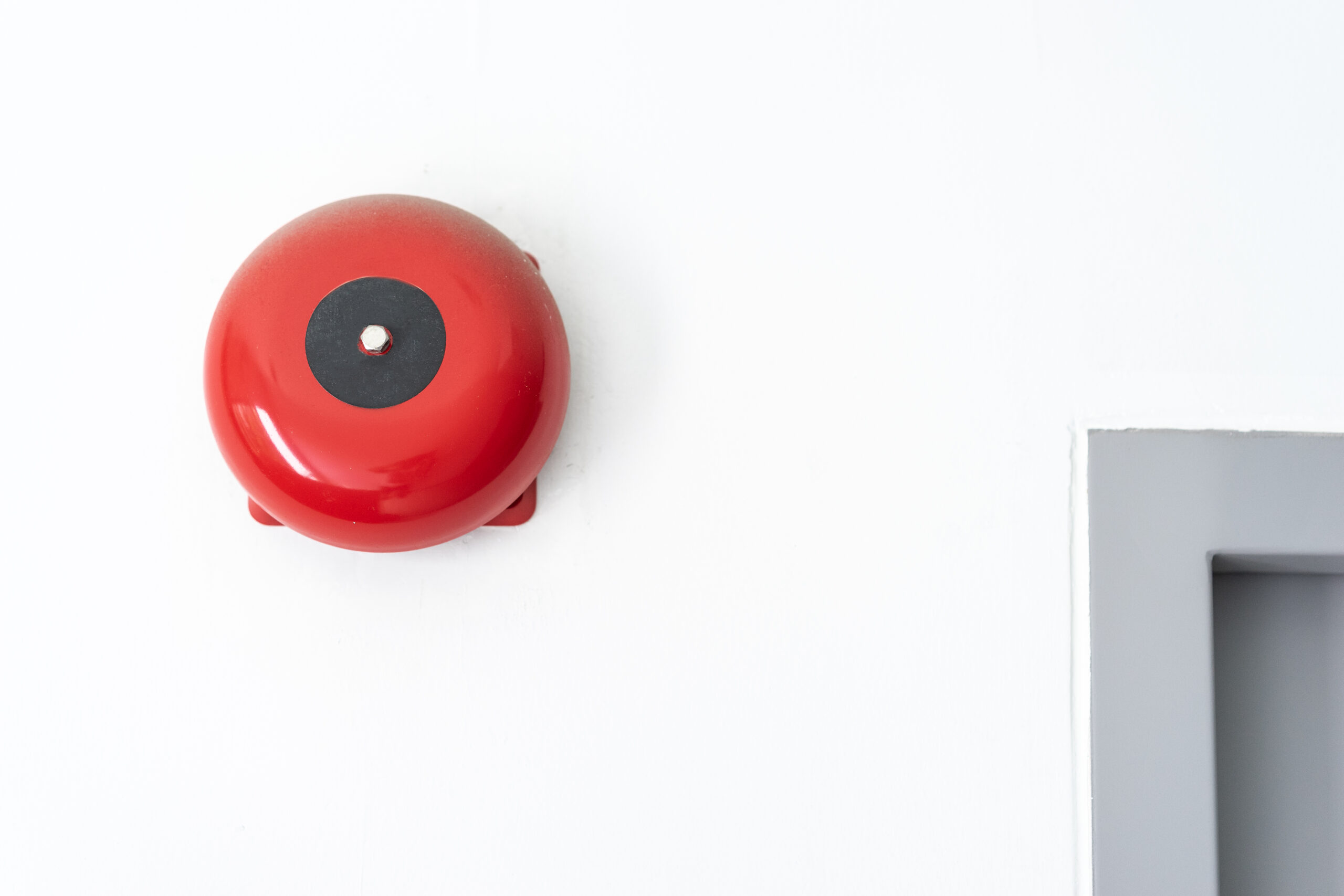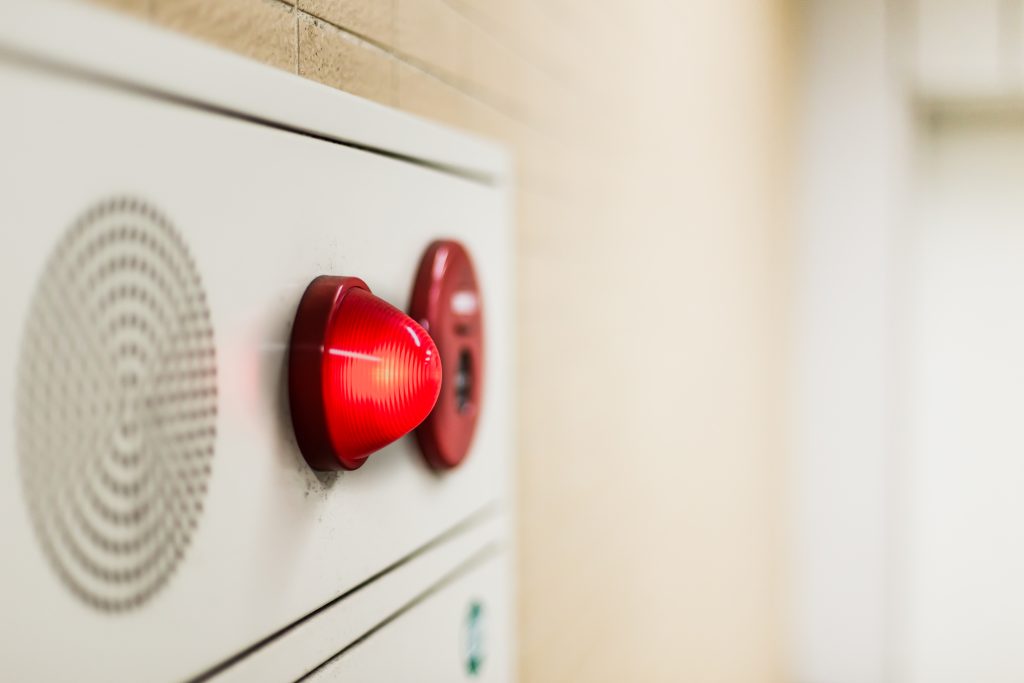Alarm Sensitivity Secrets: Find Your Perfect Balance!

An alarm’s sensitivity is important for knowing real threats from false alarms. It’s like a “sixth sense” that helps smoke detectors, security systems, and newer fall monitors for seniors. Studies show keeping a balance between being alert and being practical can be hard but it’s important. Recent tests found senior fall monitors correctly spotted 12 of 15 real falls, while only wrongly going off once every 40 hours on average [1].
This real testing shows even advanced technology still needs help finding the proper amount of watching without causing stress. Knowing how systems tell real dangers from harmless things lets people better adjust settings for their needs. Keep reading to see tips for customizing the safety levels in different devices.
Key Takeaway
- Alarm sensitivity determines how accurately systems identify genuine risks.
- Adjusting sensitivity settings can lower incorrect alarms.
- Striking the right balance is important to prevent alarm fatigue for users.
Understanding Alarm Sensitivity
An alarm system‘s ability to spot genuine threats is called its sensitivity. When sensitivity is high, the system can detect real issues like break-ins or fires. But if sensitivity is too high, it may cause false alarms. Small movements or cooking smoke could wrongly set off the alarm. Many homeowners adjust their security systems so things like pets or wind don’t accidentally trip the alarm.
Understanding sensitivity helps people feel safer. A properly adjusted system will let you know if there’s a real problem in the house, like an intruder or dangerous situation. An effective alarm tells real dangers from harmless things. By tweaking the settings, homeowners can make sure the system protects their home without needless worries. Setting the sensitivity at the right level means alarms work without causing extra stress from incorrect alerts. In general, changing this as needed helps security and quality of life.
Importance of Adjusting Alarm Sensitivity
Adjusting alarm sensitivity is important for a few reasons. In hospitals, alarms need to find serious problems but avoid too many false alarms. If doctors and nurses hear alarms all the time, they can get used to the sound. This makes it harder for them to respond the right way if they hear an alarm but aren’t sure if it’s real. That’s not good for patients.
At home, sensitive security systems may go off because of normal noises like cars driving by. Finding the right settings helps people feel safe without being scared. It’s important to think about where the alarm is. For example, an alarm near a busy road should have settings that don’t trigger false alarms from passing cars.
Also, too many alarms can confuse healthcare workers. They might miss a real important alarm if alarms usually go off for small issues. So adjusting sensitivity helps make sure alarms work well in different places. This ensures they effectively warn people about real emergencies without getting people used to sounds that don’t require help. Overall, tweaking sensitivity improves how alarms help users while thinking about their situation.
How to Adjust Alarm Sensitivity

Many alarm systems allow people to modify settings. For instance, car alarms often include adjustable shock sensors. Drivers can calibrate these sensors to ignore minor bumps like a neighbor closing their vehicle door. Smoke detectors sometimes provide options to reduce false alarms from cooking activities. Checking the owner’s manual is always a good idea, as it provides instructions for customization. This allows users to tailor alarms according to their specific needs.
To change sensitivity levels, owners first need to identify their alarm type. Most modern systems have straightforward interfaces for adjustment. Some alarms connect to phone apps which simplify the process even more. People can test the system after altering the controls. This ensures the alarm responds appropriately. Regular testing also helps keep the equipment functioning smoothly over time. With a little adjustment as suggested by use guides, most alarms can enhance safety without disruptive false triggers.
Factors Influencing Alarm Sensitivity
Many things affect how well an alarm system finds danger. The temperature and humidity outside can change how fast smoke detectors notice smoke. The type of sensor used matters too – some kinds of sensors like photoelectric smoke alarms are usually better at spotting smoke than others.
You can also change the alarm settings yourself. The layout of where the alarm watches over can need different settings. Whether it’s an open big room or smaller closed rooms makes a difference. If you have pets at home, that changes the settings too. Some alarms can adjust the sensitivity over time as they learn from past events.
Thinking about these things helps people set up alarms right for their situation. Considering the environment, the sensors used, if there are pets, and more lets you pick settings that protect your home best. With some tweaks, most modern alarm systems work well in different places.
Trade-offs of High Alarm Sensitivity
While sensitive alarms catch genuine risks, they can also cause issues. If staff in hospitals hear alerts frequently, they may tune them out and miss a critical warning. At home, a finely-tuned security system notices pets without too many alerts that lead to annoyance. Ensuring alarms activate solely as required takes deliberate calibration [2].
Making sure sensitivity properly balances catching threats alongside avoiding unnecessary commotion. Users want safety without unreasonable disturbances that disrupt routine. Above all, alarms should safely fulfill their purpose. If a system triggers excessively, it risks undermining trust in the technology’s ability. Over time, individuals may disregard all alarms in frustration – a dangerous situation. Achieving the right sensitivity strengthens protection by keeping alarms dependably informative without fatigue.
Managing Alarm Fatigue
Lots of false alarms can cause problems in many workplaces, especially in hospitals. To help with alarm fatigue, places can adjust the sensitivity settings to cut down on wrong alarms. Having clear rules for responding to alarms also helps. Checking and testing the systems regularly ensures they work right and efficiently. Doing this keeps people safe without exhausting the staff.
In hospitals especially, sorting alarms by how serious they are helps staff respond faster. Very bad cases need quick help. So knowing which alarms mean bigger troubles makes sure staff can quickly help people in real danger. Teaching employees the proper ways to handle alarms leaves them confident when alarms go off.
With small tweaks and ongoing training, hospitals can use alarms as helpers instead of annoyances getting in the way of good care. Clear plans help the technology assist caregivers instead of interfering with their life-saving work.
Role of Alarm Sensitivity in Fire Safety
For smoke detectors, sensitivity needs just the right balance. They must detect smoke from real fires but not get confused by small smoke from cooking. Getting this balance right is very important for managing fire safety well. Checking smoke alarms often helps make sure they work when needed to keep homes and buildings protected.
People should test smoke detectors regularly to make sure they work. Many have easy buttons to test them. Changing batteries each year also helps them work like they should. Doing the tests and changing batteries keeps smoke detectors ready to help, like the guidelines say to. Following the rules with routine checks provides ongoing peace of mind.
Knowing how the sensitivity settings respond helps guarantee shelter safety the right way. The right adjustments prevent false alarms while still giving needed protection. Simple upkeep and occasional tweaks over time help achieve this important balance. Together, paying close attention to alarms defends safety for everyone indoors.
FAQ
How do I adjust alarm sensitivity when my factory alarm seems too sensitive?
Today’s factory alarm systems come with built-in settings you can tweak. If your car jumps at every little bump, try finding the shock sensor controls in your owner’s manual. Most 3rd gen systems let you dial down the sensitivity through the key fob or dashboard menu. Start with a middle setting and test it out before making more changes.
What’s the difference between full access and valet mode in my alarm system?
Full access gives you complete control over your security system settings, while valet mode limits what others can do. Think of valet mode as a guest pass – it lets someone park your car without being able to open the trunk or adjust alarm settings. This comes in handy when leaving your car with parking attendants.
Where can I find reliable advice about keyless entry and alarm sensitivity?
There’s a website called the avs forum that’s a great place to talk about car alarms. People who help a lot on there will post step-by-step guides some times about setting up keyless entry and solving sensitivity problems. You can read what other car owners went through that were like your challenges. They share what really worked and didn’t work for real problems.
Why does my security system keep going off for no reason?
If your alarm is too sensitive, it might trigger from things like heavy trucks passing by or thunder. Most modern alarm systems have adjustable shock sensors to prevent false alarms. You might need to lower the sensitivity or have a professional check if the sensors are working correctly.
How can I test if my alarm system’s sensitivity is set correctly?
Check the settings on your alarm system now. Try the lowest setting at first. Test it with light taps around your car. Slowly raise the sensitivity until you find the perfect place – where it catches real problems but ignores small sounds. Be sure to test different spots around your vehicle.
Final Thoughts
Alarm sensitivity importantly impacts alarm system usefulness. Comprehending sensitivity adjustment permits protecting places properly without needless disruptions. Striking an equilibrium with settings forestalls alarm fatigue while keeping security and safety. Understanding this concept supports various environments and helps guarantee technologies fulfill their essential function.
References
- https://pubmed.ncbi.nlm.nih.gov/25138139/
- https://www.ncbi.nlm.nih.gov/pmc/articles/PMC11096657/